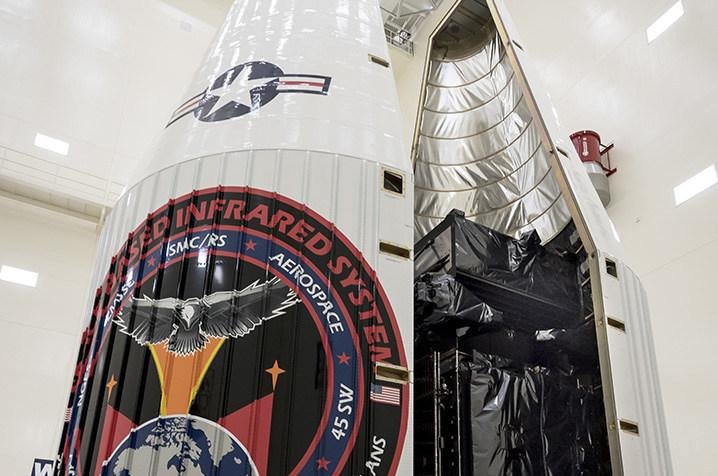CAPE CANAVERAL, Fla., Jan. 10 (UPI) -- The U.S. Air Force has encapsulated its Space Based Infrared System satellite in preparation for the craft's planned launch.
The satellite, built by Lockheed Martin, is scheduled to be launched aboard a United Launch Alliance Atlas V rocket on Jan. 19. The system will be sealed in a protective cone, the last step satellites must undergo before launch.















